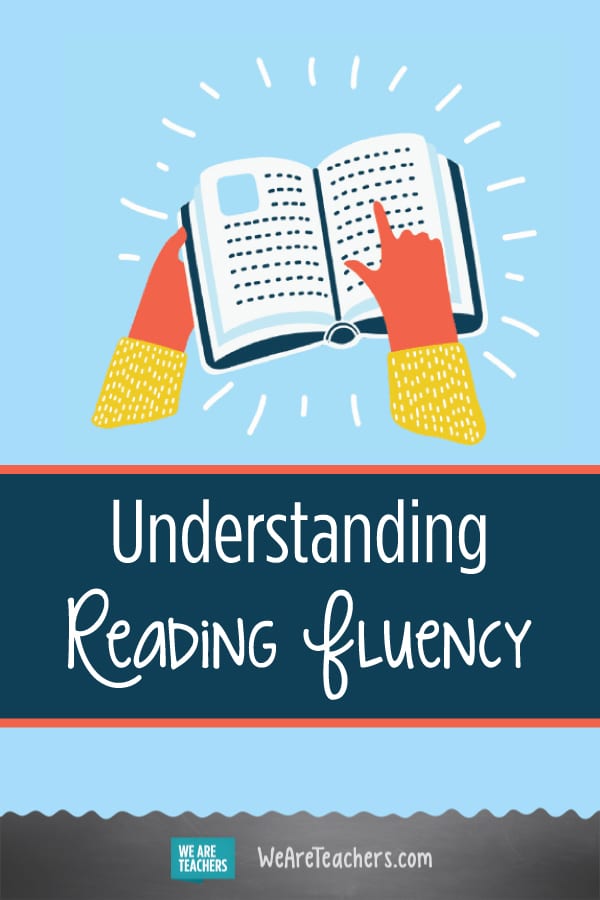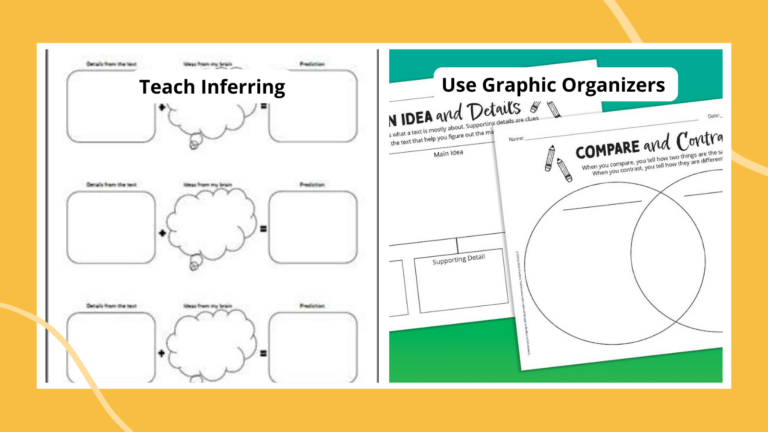What is fluency?
While the word has several meanings, when it comes to education, teachers are most often referring to reading fluency.
Reading expert Tim Rasinski defines a fluent reader as one who reads accurately, at an appropriate rate, and with attention to phrasing and expression.
You’ve likely experienced listening to a halting, stumbling reader read aloud. It’s hard to sit through, especially because you know that the student is experiencing as much, if not more, discomfort than you are. Researchers have recognized reading fluency as a key aspect of proficient reading for a while now, but some experts express lingering concerns that fluency instruction continues to be misunderstood or neglected.
Below, we’ve pulled together resources to help you further understand what is fluency and to support your students in each of its critical components.
Improving Reading Accuracy
When students more accurately decode or recognize words, their fluency improves. Try these strategies:
1. Incorporate multi-sensory phonics and sight word learning strategies into your teaching
Emily at The Literacy Nest shares great ideas for teaching sight words in a multi-sensory and systematic way. We also love how she repurposes old-school games for phonics review.

SOURCE: The Literacy Nest
[contextly_auto_sidebar]
2. Integrate phonics into content area and academic vocabulary instruction for older students
When you unpack the phonetic elements of words like revolution or ecosystem, students get an extra dose of decoding support. AdLit.org shares details.
3. Teach roots, prefixes and affixes
When students are familiar with these common word parts, they can tackle multisyllabic words more efficiently. ReadWriteThink has an exhaustive list of roots, prefixes, and affixes and offers many related resources for classroom activities. The Brown Bag Teacher has an awesome round up of online resources and activities for teaching Greek and Latin roots.
Improving Reading Rate
The optimal reading rate is not too slow or too fast. Strong readers vary their rate to support comprehension. These strategies can help your students find the right balance between tortoise and hare:
1. Try repeated readings of poetry
Lori Oczkus and Tim Rasinski suggest repeated readings of poetry to help with rate and automaticity in this ILA blog post. To find poems for younger students, look to the newly revised editions of Fountas and Pinnell’s Sing a Song of Poetry: A Teaching Resource for Phonemic Awareness, Phonics, and Fluency. Upper grade teachers love Kenn Nesbitt’s Poetry4Kids site.
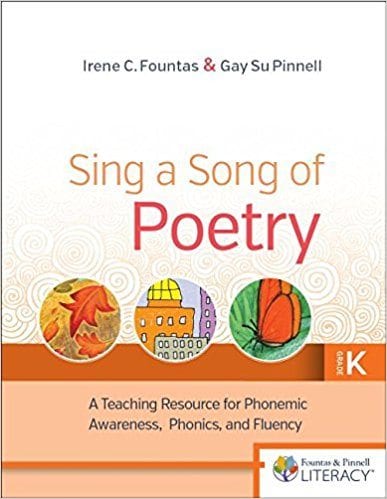
2. Read song lyrics
For another fun approach to repeated reading, try having students read song lyrics along with the music, as described by Shari Edwards of the Scholastic Top Teaching Blog. Are you humming yet?
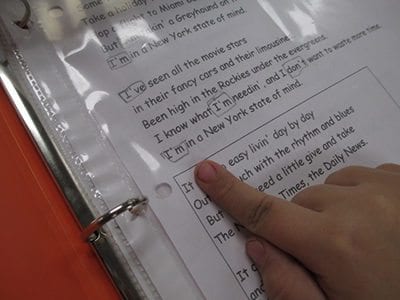
SOURCE: Scholastic Top Teaching Blog
3. Use simple apps and basic features of an iPad
We love the ideas for using simple apps and basic features of an iPad to help students practice reading at an appropriate rate shared on Erin*tegration. After all, Siri can help with almost anything—if you read questions to her fluently.
4. Do a speed reading challenge
Of course, some students just desperately need to channel their inner hare. Help slow readers gain automaticity with speed reading challenges. The Florida Center for Reading Research offers a full line-up of syllable-reading resources . Or, simply print the Dolch sight words on flashcards. Have students keep track of how many they can read correctly in one minute and try to beat previous scores.
Improving Phrasing and Expression
Anyone who’s had the pleasure of listening to a truly expressive reader knows how it can transform a text. Check out these teacher-tested ideas for improving students’ prosody:
1. Teach fluency-related mini lessons
Danielle Mahoney of the Scholastic Top Teaching Blog offers a fantastic list of lessons including, “Put Words Together Like Talking,” “Change Your Voice to Match the Mood,” and “Notice Punctuation and Match Your Voice to It.” Download her handy bookmark, too!
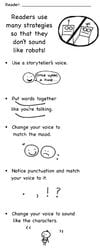
SOURCE: Scholastic Top Teaching Blog
2. Stage regular readers’ theater productions
No need to reinvent the wheel; there’s a solid research base for the benefits of readers theater. Bookmark this round-up of ideas for finding scripts.
3. Have students record their own reading
This can be as simple as using the Voice Memos iOS app. When students listen to themselves read, they can reflect on aspects of fluency that need improvement and re-record to try again. Teachers also love the podcast app AudioBoom. EdSurge provides a helpful tutorial.
Assessing Fluency
Of course, assessment is a key piece of both determining students’ fluency needs and tracking progress. Bookmark these resources:
1. Try timed readings
A traditional approach for assessing fluency is a timed reading to obtain a words correct per minute rate (WCPM). Reading Rockets sums up this practice nicely using a repeated reading model.
2. Make use of fluency apps
If you’re frustrated with the logistics of juggling a student text, recording sheet, pencil and timer, check out ThinkFluency, a new app that saves teachers tons of time. Using the provided passages or ones you upload yourself, you can input student errors on your tablet or phone as a student reads and let the app automatically time and score the assessment. Win! The app also provides suggestions for phonics instruction based on error patterns and allows you to track student data over time.
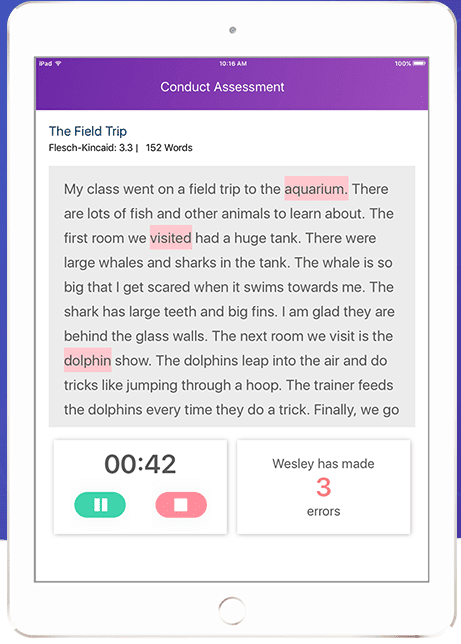
SOURCE: ThinkFluency.com
3. Use rubrics
Rubrics are ideal for evaluating students’ phrasing and expression. There are many available online, but we like this one from Duke University.
What are your favorite tips and tricks for supporting students’ reading fluency? Come and share in our WeAreTeachers HELPLINE group on Facebook.
Plus, don’t miss our free fluency posters and anchor chart ideas.
